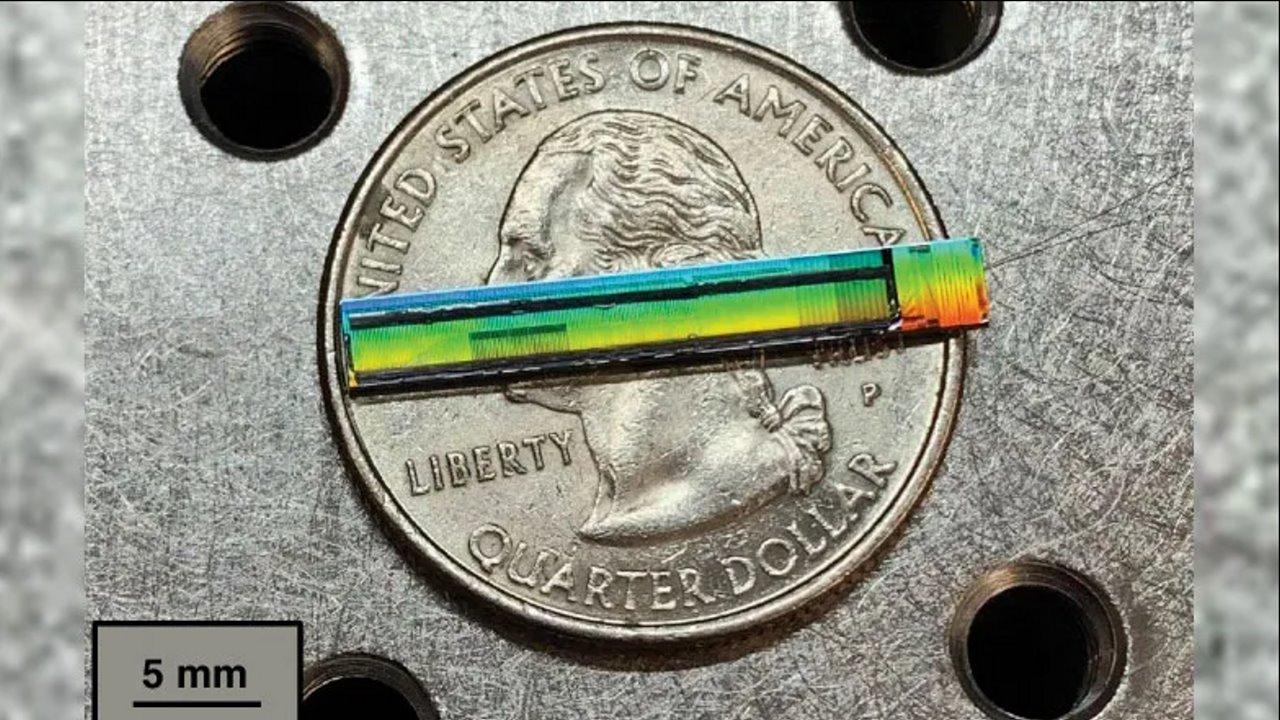Initially, there was a lot of interest in them, but 3D printers have significantly declined in popularity. They continue to be a very interesting product, especially for making prototypes quickly and easily. Today, the University of Texas in the United States has created a prototype of Coin-sized 3D printer.
We can find a wide variety of 3D printers on the market. Some are inexpensive and can be used for small projects, prototypes and similar things. The more quality and precision we want, the more the price of this product increases.
They are not suitable for everyone, as knowledge in using CAD tools is required to design prototypes. It also requires technical knowledge to carry out their proper maintenance. Maintenance and adjustment tasks must be carried out in such a way that the print is always as perfect as possible.
They create a 3D printer the size of a coin
3D printers generally come in different dimensions, with most being quite bulky and heavy. A team of researchers from the University of Texas at Austin, USA, has created a prototype 3D printer the size of a small coin.
We’re talking about a small photonic chip that focuses its beam on a cube of resin that hardens quickly when hit with a specific wavelength of light emitted by the chip.
One of the great features is that this chip does not need moving parts to function. Unnecessary and problematic elements are eliminated, such as the head, arms and motors. We now only have a beam of light generated by small optical antennas that move to generate the desired object.
It’s just a prototype, but if it can be turned into a viable product, it would be an instant and brutal manufacturing solution. The portability and printing speed of this palm-sized chip are ideal for engineers, doctors, and other fields because they can create custom solutions in minutes.
An example would be a surgeon who needs to operate on a complicated fracture. Using a 3D scanner, you could scan the patient’s broken bones. Using this process, a biomedical engineer could create a personalized bone implant that helps heal fractures. Finally, the printer could print the prosthesis in biomedical resin in a few minutes.
On the other hand, it could be integrated into the Artemis lunar exploration program. This would be viable as it is extremely lightweight and very compact. It would have the ability to create custom tools for the crew as needed.
You should know that 3D printers will be essential in missions to colonize the Moon and Mars. Both projects offer these types of solutions to create tools and spare parts as needed.
Jelena Notaros, professor at MIT, emphasizes that “this system completely rethinks what a 3D printer is. It is no longer a large box placed on a laboratory bench creating objects, but something portable and transportable. “It’s exciting to think about what new applications could come from this and how it could change the field of 3D printing.”









